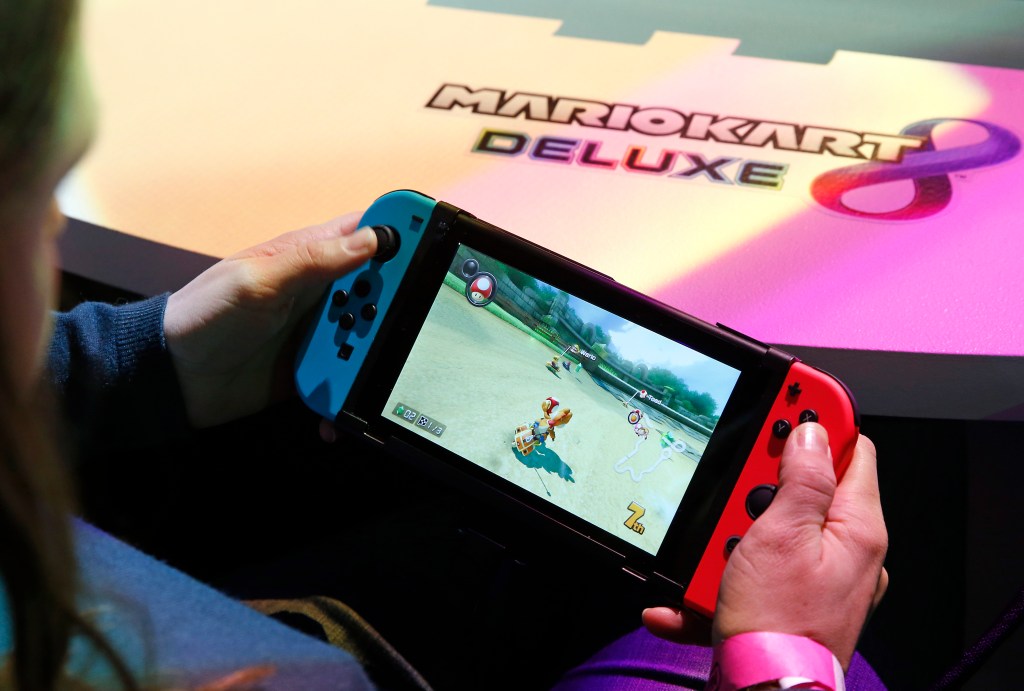Nintendo has unveiled a groundbreaking feature called Virtual Game Cards, designed to enhance the portability of digital games across multiple devices. This innovation is particularly timely, coinciding with the anticipated release of the Nintendo Switch 2. Virtual Game Cards aim to simplify the process for users to transfer their existing Switch games to new devices seamlessly.
Current Limitations in Digital Game Portability
Traditionally, Nintendo Switch games are available in two formats: physical cartridges and digital downloads. Physical cartridges offer the convenience of being easily transferable between consoles, allowing players to share or move games without hassle. In contrast, digital downloads have posed challenges in terms of portability, often requiring complex procedures to transfer games from one device to another.
Introducing Virtual Game Cards
Set to launch in late April, Virtual Game Cards are poised to revolutionize the digital gaming experience by emulating the flexibility of physical cartridges. This feature will enable players to migrate their digital games between devices effortlessly. The initial transfer process involves connecting the two consoles locally, establishing a direct link that facilitates the game migration.
Game Lending Within the Nintendo Family Group
A standout feature of Virtual Game Cards is the ability to lend digital games to members within a Nintendo Family Group, which can include up to eight individuals. Through local Wi-Fi connections, users can share their games with family members or friends. The lending process is straightforward:
1. Initiating the Loan: The game owner selects the desired game and initiates the lending process to a specific member of the Family Group.
2. Borrowing Period: The recipient gains access to the game for a period of 14 days.
3. Automatic Return: At the end of the borrowing period, the game automatically reverts to the lender’s library, ensuring that the owner’s access is restored without manual intervention.
It’s important to note that only one game can be lent to a particular person at a time, maintaining a controlled and organized lending system.
Implications for the Upcoming Nintendo Switch 2
While Nintendo has yet to announce an official release date for the Switch 2, the introduction of Virtual Game Cards suggests a strategic move to enhance user experience in anticipation of the new console. This feature addresses previous limitations associated with digital game transfers, offering a more user-friendly approach that aligns with the evolving needs of gamers.
Enhancing Cross-Device Compatibility
The implementation of Virtual Game Cards is expected to significantly improve cross-device compatibility. By simplifying the process of transferring digital games, Nintendo is catering to a growing demand for flexibility and convenience in the gaming community. This move is likely to encourage more players to invest in digital versions of games, knowing that they can easily share and transfer their purchases across devices.
Potential Impact on Game Sharing Practices
The ability to lend digital games within a Family Group introduces a new dynamic to game sharing. Traditionally, sharing physical cartridges was straightforward, but digital game sharing has been more restrictive. Virtual Game Cards bridge this gap, allowing for a controlled yet flexible sharing environment. This feature not only enhances the value of digital purchases but also fosters a sense of community among Nintendo users.
Technical Considerations and User Experience
To ensure a seamless experience, Nintendo has designed the Virtual Game Cards with user-friendly interfaces and straightforward procedures. The initial local connection between devices is a one-time requirement, after which games can be transferred or lent with minimal effort. This design minimizes technical barriers and makes the feature accessible to a broad audience, regardless of their technical proficiency.
Security Measures and Digital Rights Management
Nintendo has likely implemented robust security measures to protect against unauthorized game sharing and to uphold digital rights management (DRM) standards. By restricting the lending feature to members within a Family Group and enforcing a 14-day borrowing period, Nintendo balances user convenience with the need to protect intellectual property rights.
Future Prospects and Industry Implications
The introduction of Virtual Game Cards may set a precedent in the gaming industry, prompting other companies to explore similar features that enhance digital game portability and sharing. As the industry continues to shift towards digital distribution, innovations like this could become standard, offering consumers greater flexibility and value in their digital purchases.
Conclusion
Nintendo’s Virtual Game Cards represent a significant advancement in digital gaming, addressing longstanding challenges associated with game portability and sharing. By aligning the convenience of digital downloads with the flexibility of physical cartridges, Nintendo is enhancing the overall user experience and setting the stage for the upcoming Switch 2. This feature not only meets the current demands of gamers but also anticipates future trends in the gaming industry, positioning Nintendo as a forward-thinking leader in the market.



